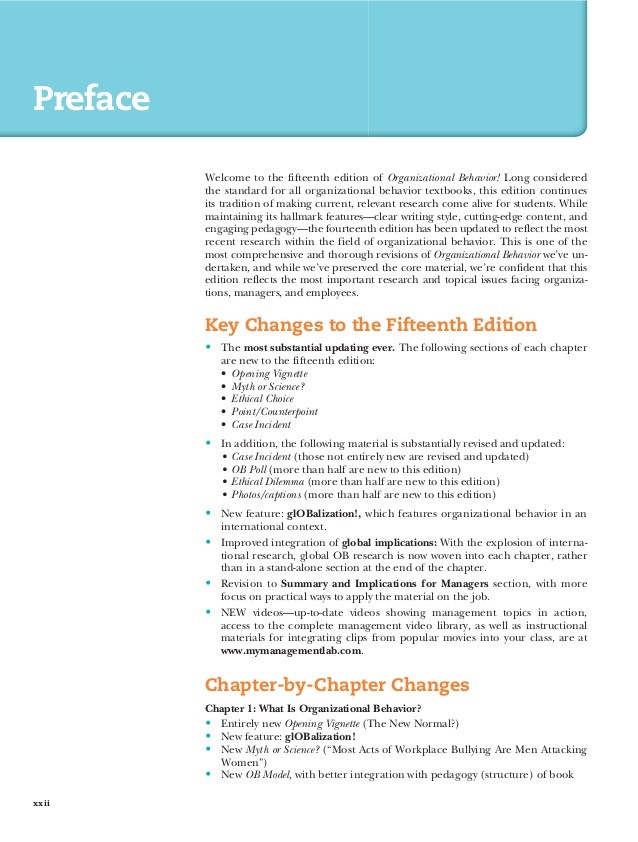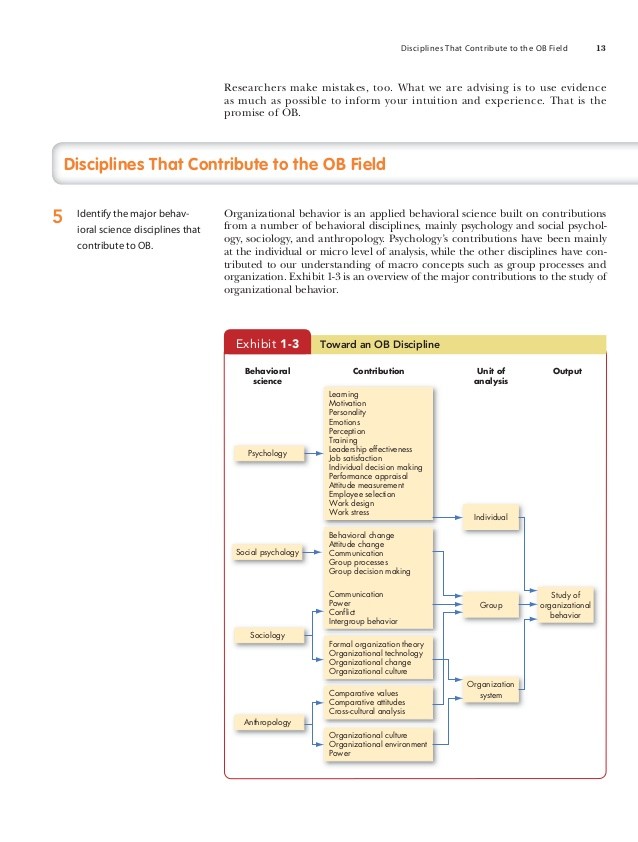Avoiding Biases Heuristics and Behavioral Traps That Lead to Lazy Marketing Todd Berkowitz
Post on: 31 Март, 2015 No Comment

Todd Berkowitz
Avoiding Biases, Heuristics and Behavioral Traps That Lead to Lazy Marketing
Nate Silver burst onto the journalism scene in the U.S in 2008 when he correctly predicted the results for the Presidential Election in 49 out of 50 states. This baseball sabrematrician turned political forecaster rose to new levels of fame after repeating his feat in 2012. After his contract with the New York Times was up last year, he moved his popular FiveThirtyEight web site over to ESPN. It re-launched last week with a manifesto explaining what he means by data journalism, the model that guides how FiveThirtyEight operates.
I bring this up because at Gartner, data is at the heart of what we write and produce. After all, if we simply shared opinions backed by beliefs and experiences, the advice would have far less impact than it does now, when we provide insights and guidance that is heavily informed by data. But this data-driven construct extends beyond journalism and technology research firms. Provider marketers can leverage the same approach.
Both Hank Barnes and I advise our clients to leverage data in their marketing efforts, especially around share-of-wallet marketing programs and messaging based on outcomes. A lot of our clients ask us to review their strategies and materials and offer advice on how to make them more effective. Our advice often comes down to how well they tell their story. In many (but certainly not all) cases, there is a fundamental disconnect between the story they tell and the one the buyer wants to hear. There are multiple reasons this can occur:
- The marketer has a good underlying story to tell, but doesnt have or isnt articulating some of the key elements (like clear differentiation or data for specific outcomes)
- The story is backwards or focused on the wrong things- The most common example is heavy on features, but light on benefits and/or doesnt frame the problem
- The story is off because of a lack of data underpinning it or a misreading of the marketplace

The first two examples are straightforward and relatively easy to fix. Its generally a matter of pulling out the important pieces of information and encouraging them to lead with it or include it. But the latter example is the hardest because it isnt really a storytelling problem. But is a marketing problem and it occurs because there usually isnt a discipline within product marketing (if a team exists) to make sure that data is driving the story. When there isnt, marketers can fall back on biases, heuristics and other behavioral traps that lead to what I call lazy marketing. They include:
- Confirmation Bias — People tend to favor information that confirms their beliefs and hypotheses. It can come out in terms of simply looking for (or remembering) information selectively or interpreting ambiguous information as supporting their position. (This can also be called Reinforcement Theory). But the net result is poor-decision making in the form of relying on this information to construct the story
- Groupthink and Bandwagon Effects- Marketers, particularly when busy, can start to rely on internal sources (like sales or company executives) for what is happening in the market. If everyone is relying on the same basic sources, then groupthink is more likely to occur. If enough people are saying the same things, the bandwagon effect can occur where more people get on board with the idea and marketing feels less willing to contradict the prevailing view, especially when they lack data
- Proof By Example- Also known as Inappropriate Generalization, individuals will often make sweeping assumptions based on a limited set of data. For marketers, this tends to happen when a senior executive or key salesperson relays an example of what they are seeing and the marketer constructs a story based on the most recent event, rather than looking for a more holistic data set
- Anchoring- In the world of finance or real estate, individuals get anchored on a particular stock price or property value and use that as a baseline rather than simply a point of time that has no relevance on what the market will currently bear. In the marketing world, it manifests itself around looking at particular point in time where a competitor was acting a certain way or market dynamics exhibited a specific pattern. Market dynamics are fluid and a compelling story a year ago might not be compelling anymore.
- Cognitive Inertia- There is a tendency for beliefs to endure once formed and a reluctance to alter them even when evidence no longer exists to support them. So even if a marketer is able to avoid groupthink and go outside of the organization for information, it can be hard to change the story, particularly if sales targets are being met. This can be very dangerous in light of the changing technology buying cycle. Providers must change how they engage with buyers, what content the provide and how they manage interactions. Those that fail to recognize this will be put at a competitive disadvantage.
The good news is that none of these biases and tendencies are ones that have to linger. There are a range of things marketers can do to avoid the lazy trap. They include:
- Look Outside for Information and Data- There are many easy ways to find out what is really going on in the market. The most obvious is to look to Gartner and other analyst firms. Our technology analysts can provide information about what they hear from their clients during inquiries and our TSP team provides a range of data and information about market size, share and other trends directly impacting technology and service providers. If a market is changing, we will be seeing it and advising our clients on how to capitalize. But you should also plan to talk to customers and partners and find out what they are seeing and go to industry events to get even more perspectives.
- Challenge Your Assumptions — In the technology world, things change rapidly. Products, buying habits, selling philosophies, customer expectations about experience, these things have all changed pretty dramatically in the past two years. So knowing that the world is changing rapidly should be a sign that you need to constantly question previous assumptions.
- Speak Up- In a technology-centric culture, its easy to understand why marketers are often reluctant to speak up, especially when there are a lot of big egos and loud voices in the room. But speaking up is necessary to avoid the behavioral traps. Just make sure you have done your homework and you have solid data to support your case. That will make it easier to get others to overcome their own confirmation bias.
- Dont Be Afraid to Try New Things- While cognitive inertia can result in a reluctance to try big new things, that doesnt mean you cant try something small. Given the sophistication of lead management applications and the underlying analytics capabilities embedded in those tools, it isnt that hard to test out new ideas and see how well they work. Try a new type of content (like an eBook), or change the lead scoring process for a single region or product and see what happens. If the data doesnt support a larger-scale change, then you can move more cautiously.
As a former technology marketer, I realize that its far easier to dispense advice than to carry it out, especially when there are strong cultural forces at work. But with all of the available information and data that is readily available, its never been easier to both make the case and execute on the changes that you need to make.














